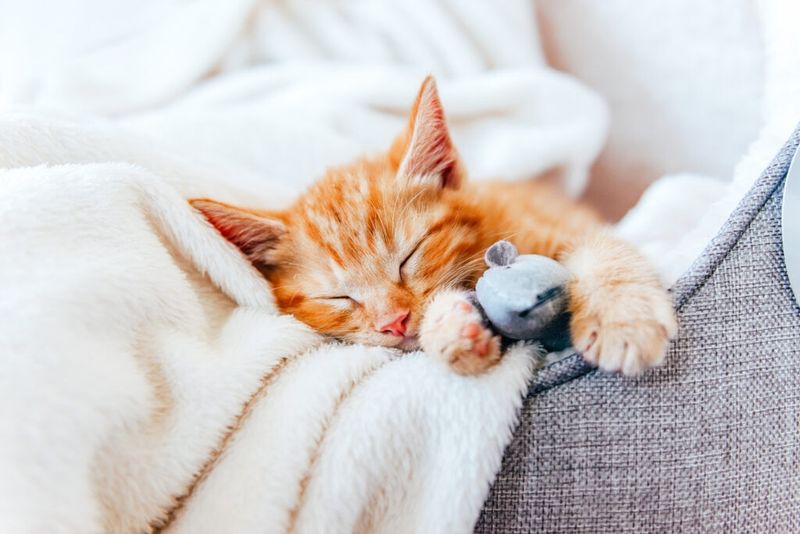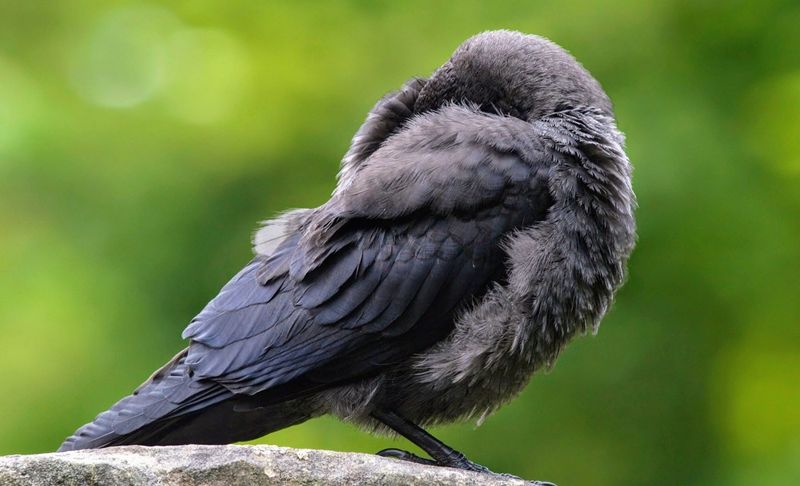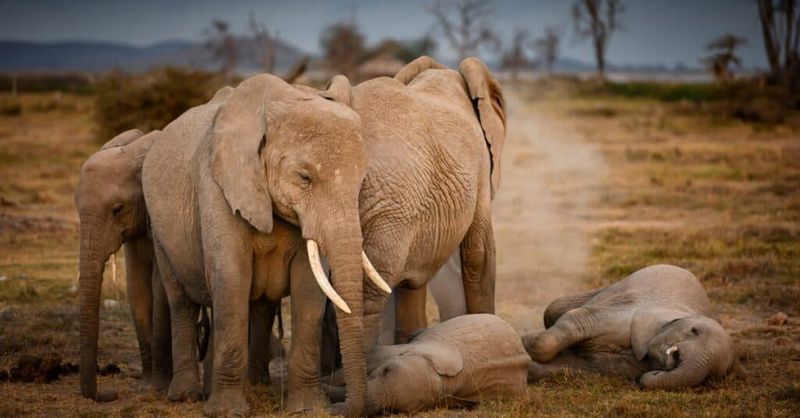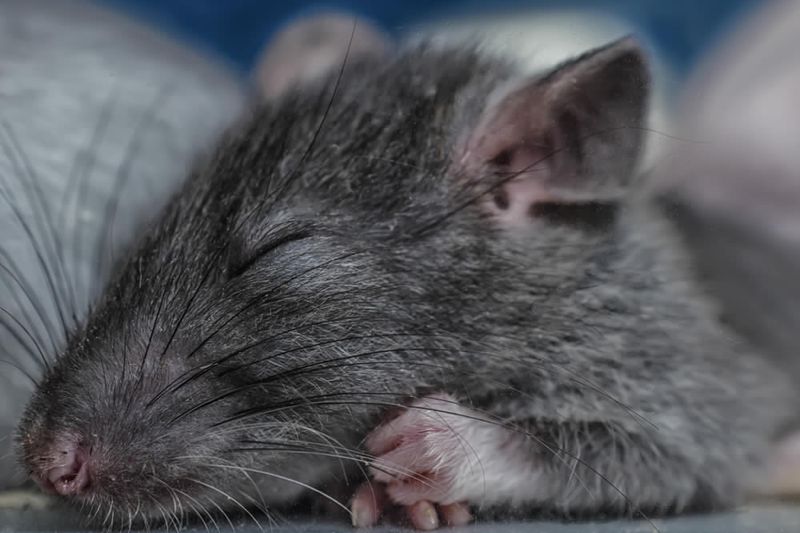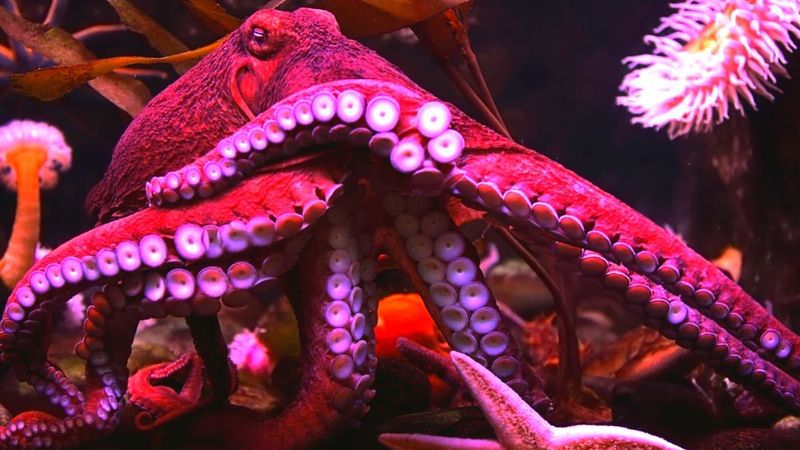📖 Table of Content:
The question of whether animals dream has fascinated scientists and pet owners alike. From the twitching paws of a sleeping dog to the rhythmic movements of a cat’s whiskers, animal sleep behaviors have sparked curiosity about their dream worlds. This blog explores what science reveals about animal dreaming, examining diverse species and their unique sleep patterns. Delve into the fascinating realm of animal dreams and discover how research is unlocking the mysteries of their nocturnal adventures.
1. Dogs and Their Imaginary Adventures
A dog’s twitching paws and soft whimpers during sleep intrigue many pet owners. Research suggests dogs experience REM sleep, a deep stage where most dreaming occurs. This phase mirrors human sleep, indicating dogs might dream about their daily experiences. Observations of their movement during sleep suggest they could be replaying scenes from their waking life. Perhaps they’re dreaming of chasing a ball or playing in the park. Dogs’ dream behaviors reflect their engaging personalities and active daytime adventures, providing a glimpse into their dreamy world. Their sleep patterns give us a sense of connection to our furry friends.
2. Cats: Nocturnal Narratives
Cats often exhibit subtle movements while they sleep, such as twitching whiskers. These movements occur during REM sleep, suggesting they too might dream. Cats are known for their mysterious and independent nature, and their dream world might be just as enthralling. They could dream of hunting or prowling, reflecting their instinctual behaviors. A cat’s dreams might mirror its independent and curious personality, offering a window into its private world. Understanding their sleep helps us appreciate their enigmatic charm and the mysteries they carry, even in their dreams.
3. Birds: Songs in Slumber
Birds, known for their melodious songs, might carry their musical talents into the dream world. During sleep, birds enter a state similar to REM, where dreaming is believed to happen. Observations show sleeping birds sometimes exhibit slight vocalizations or feather movements, suggesting they might dream. These behaviors indicate their dreams could involve singing or flying, integral parts of their daily lives. Birds’ sleep not only ensures their survival but also adds a lyrical quality to their existence, as they potentially rehearse songs and flights in their dreams.
4. Elephants: Gentle Giants’ Sleep Secrets
Elephants, despite their size, have surprisingly gentle sleep behaviors. They lie down during REM sleep, a time when dreaming occurs. Scientists believe elephants might dream about their social interactions or daily travels. Their dreams could include memories of family or encounters with other animals. Elephants’ intricate social structures and emotional depth suggest a rich dream life. Understanding their sleep patterns enhances our appreciation for these majestic creatures, whose dreams might be as complex and profound as their waking lives. Their slumber reveals secrets of their existence, wrapped in tranquility and depth.
5. Rats: Labyrinths of the Mind
In sleep studies, rats have shown fascinating patterns that suggest dreaming. During REM sleep, they exhibit brain activity resembling their waking hours. Scientists theorize rats may replay their maze-running experiences in dreams. This behavior provides insights into learning and memory. The intricate labyrinths they face during research might become dreamscapes, reflecting their daytime challenges. By understanding rats’ sleep, we gain knowledge about cognition and memory processes. Their dream world, though small, parallels complex human mental activities, offering a glimpse into the sophistication of animal intelligence.
6. Dolphins: Oceanic Echoes
Dolphins, known for their intelligence, have a unique sleep pattern that fascinates researchers. They sleep with one hemisphere of their brain at a time, allowing them to be partially conscious. This adaptation helps them stay alert for predators and breathe at the surface. Although only one side sleeps, dolphins might still dream. Their dreams could involve swimming or social interactions, mirroring their vibrant ocean life. Dolphins’ sleep reveals the adaptability of marine mammals, highlighting their evolutionary success. Their sleep behavior is a testament to their intelligence and complexity, echoing through the oceanic depths.
7. Octopuses: Colorful Slumbers
Octopuses exhibit a captivating sleep behavior where they change colors, an action linked to dreaming. This phenomenon suggests a dream state akin to REM sleep in mammals. Scientists propose octopuses might dream about hunting or exploring, mirroring their inquisitive and adaptive nature. The vivid color changes during sleep could reflect their dynamic lives and environments. Understanding the sleep of octopuses offers insight into the complexity of marine life and consciousness. Their colorful slumbers reveal secrets of their cerebral worlds, bridging the gap between simple and complex organisms.


